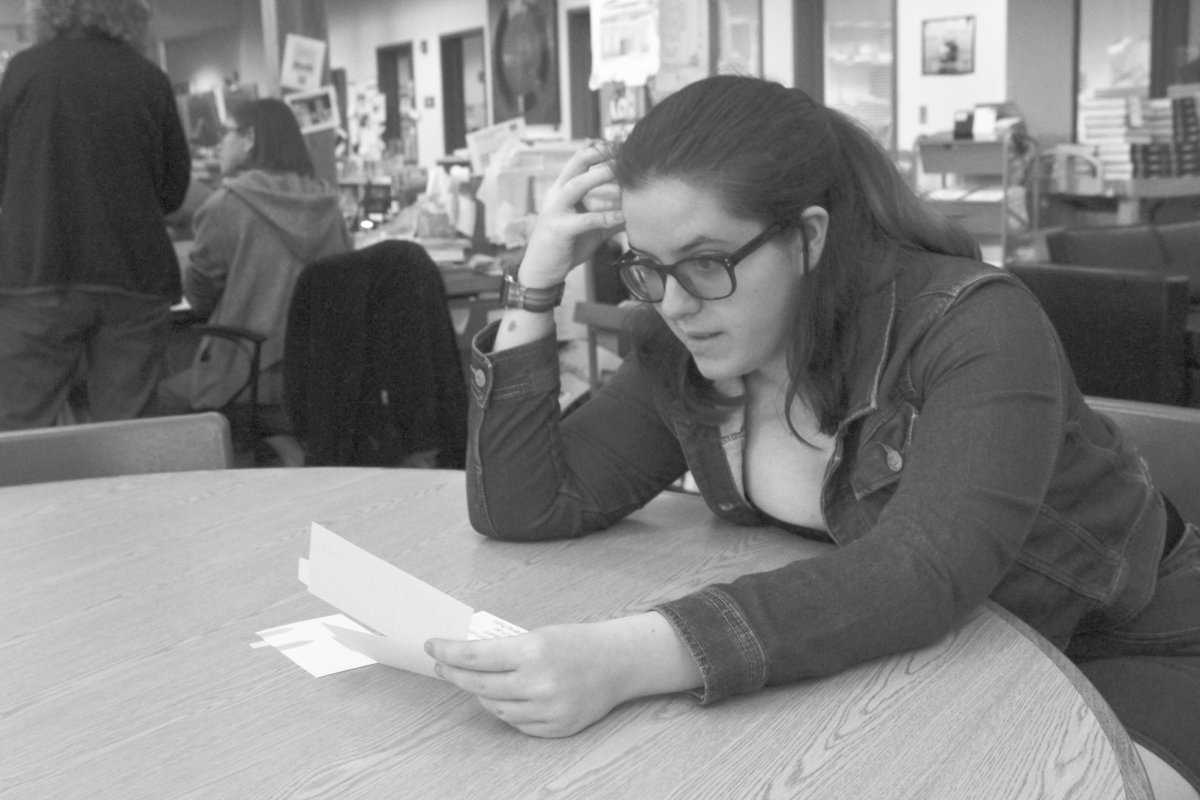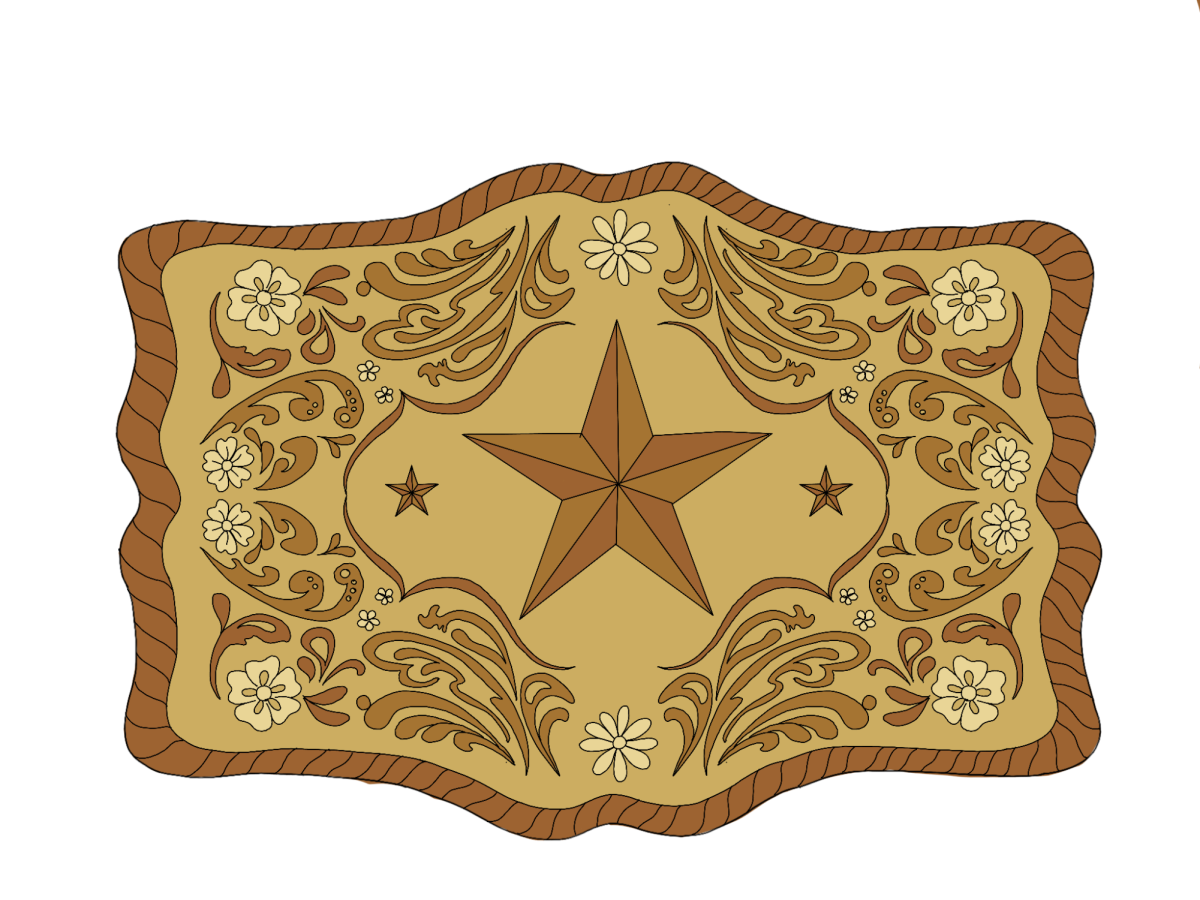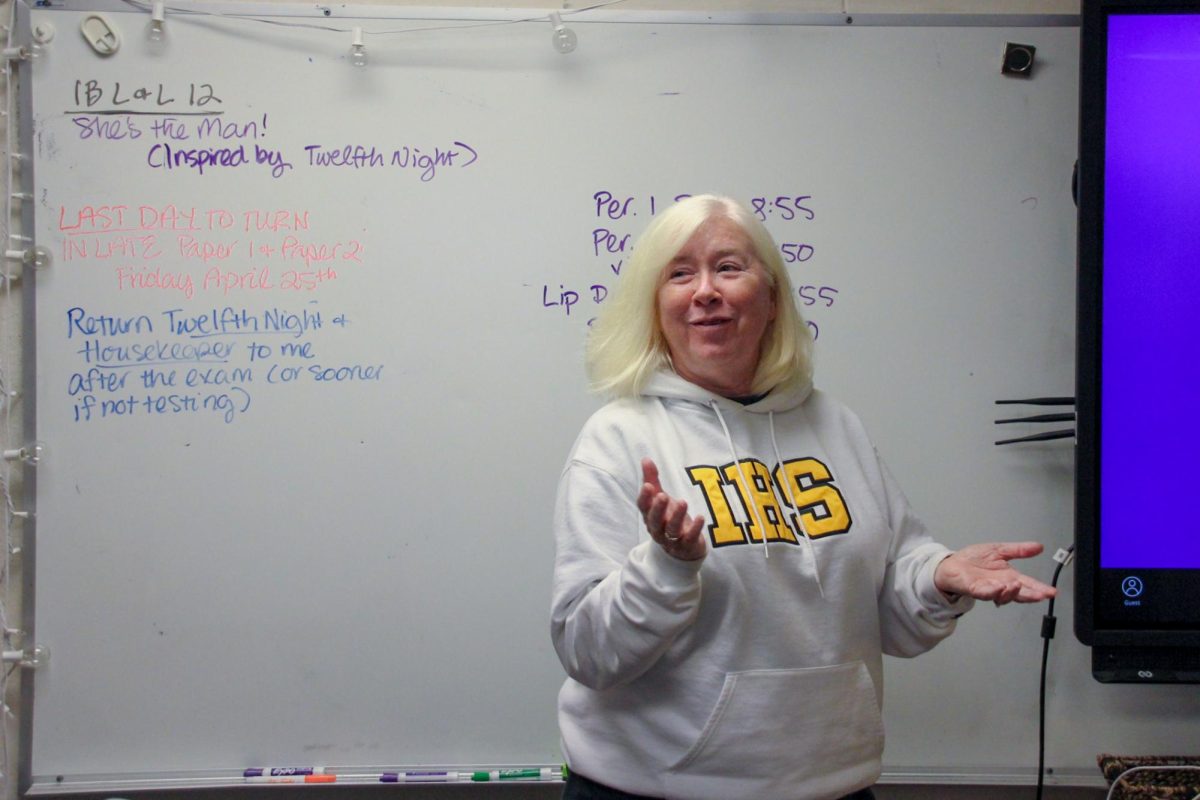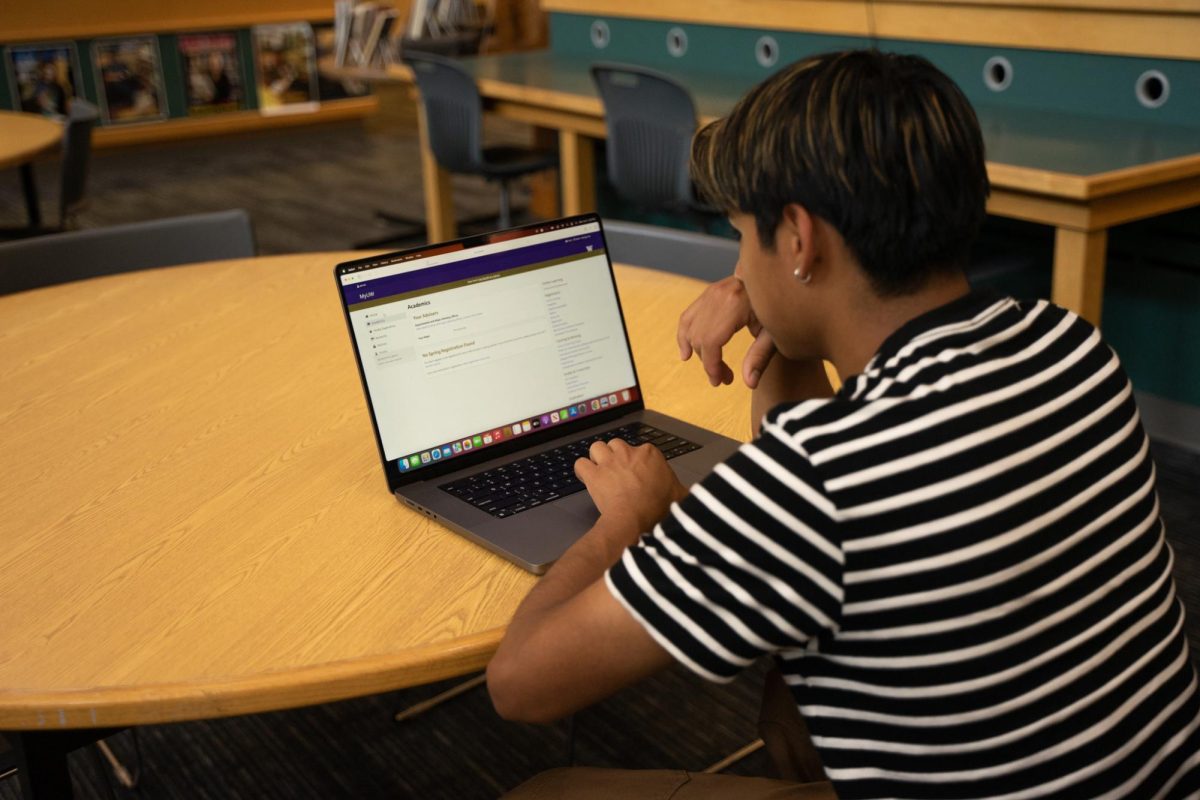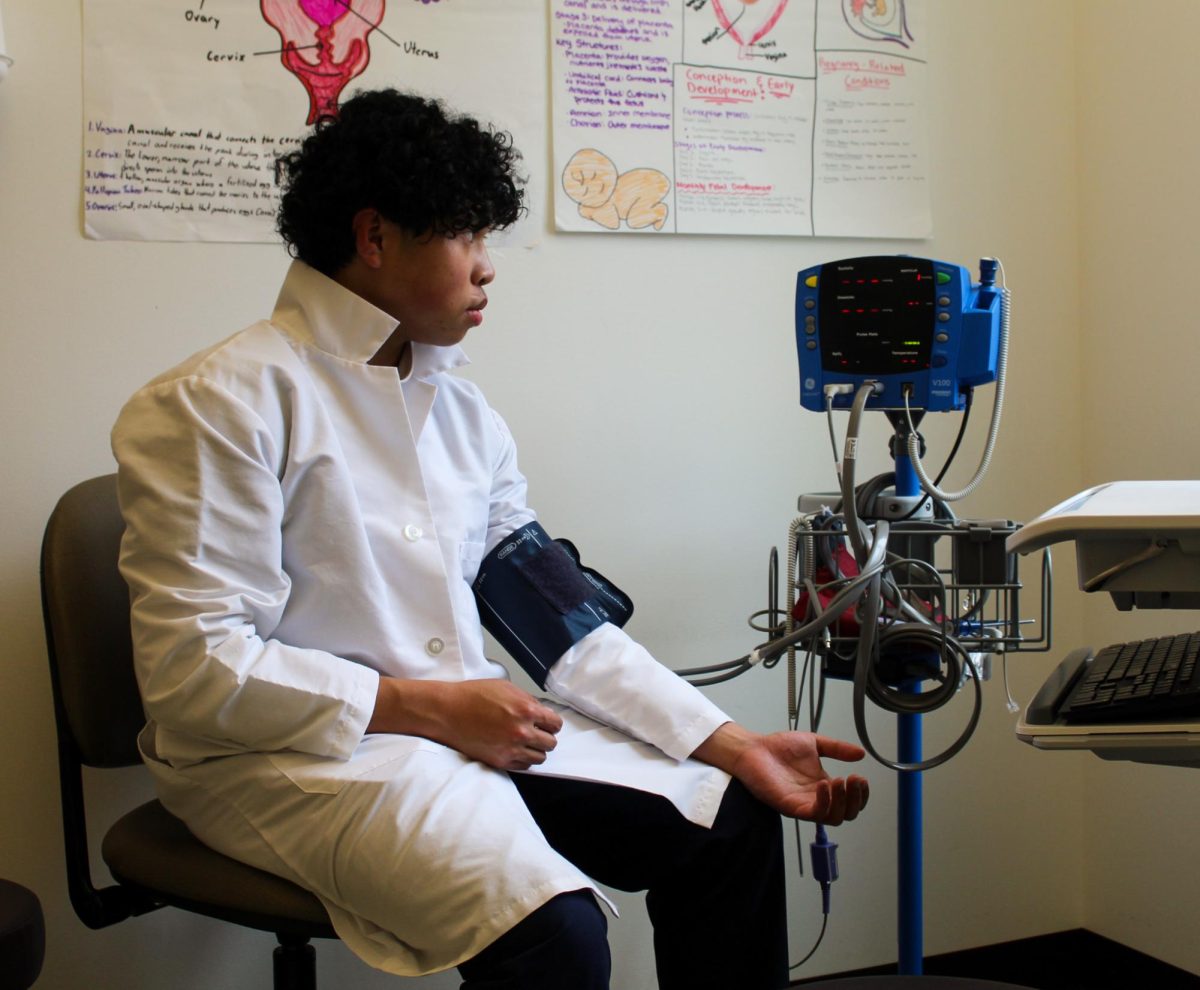Currently, around two million people in the United States are diagnosed with dyslexia. It is one of the most common learning disabilities around the world, affecting 10-20% of the American population, according to the National Institutes for Health. By this metric, at least 30 million Americans are estimated to be undiagnosed. Dyslexia affects a person’s ability to read and spell and often becomes increasingly evident as a person enters school, as it can affect their academic performance. Although there is no known “cure” for dyslexia, students with dyslexia can receive academic support through 504 and Individualized Education Program plans and in the workplace under the Americans with Disabilities Act.
“I just find myself rereading often and just not being able to absorb information,” senior Liam McDonough (he/him) said about his dyslexia.
Dyslexia is a brain-based learning disorder that affects the ability to read and understand written language due to issues with identifying graphical symbols and learning how they relate to letters and words, according to the American Brain Foundation. This can affect an individual’s reading speed and comprehension.
“It’s a mix of both. Sometimes it was because there’s times I’m like, ‘Okay, I kind of read it, but I didn’t, or there’s always like, I’m on one sentence for five minutes. I’m like, ‘Wait, did I read that right?’” senior Blaze Antrobus (they/he) said.
Stress plays a role in the onset and aggravation of learning disabilities, according to the National Institute of Health. Learning disabilities in school can be brought upon or aggravated by past struggles with reading, resulting in the body correlating reading with the release of cortisol, a stress hormone. McDonough said his dyslexia often worsens in stressful situations.
“If I’m under pressure, it seems to get worse — like, doing a test or something. If I was nervous, I would stumble over words more frequently,” McDonough said.
Senior Hadley Prentice (she/her) said she’s known about her dyslexia since elementary school, when she was put in the English Language Learners program even though the ELL program isn’t for people with dyslexia, saying she “was looked at as the dumb kid.” She said that completing classwork and homework in high school was too difficult without seeking dyslexia-friendly study help. For Antrobus, typical study methods don’t work well because the large amounts of text in note-taking can be overwhelming, and the small text in textbooks make it difficult to refer to the source material. Hadley says she has occasionally been judged because of her dyslexia but isn’t too bothered by it.
“They’ll make jokes about it, but they’ll just be like, ‘Oh, she can’t spell, she can’t read that,’” Prentice said. “And like, fair, I probably can’t. But not to my face, at least.”
Using colors, symbols and other visual aids is a common study method for those with dyslexia. In this way, individuals can differentiate their study material while avoiding confusion. Hand-making flashcards can help students with dyslexia, but there are numerous online resources as well.
“I’ve always been more of a visual/hearing learner anyways, so studying didn’t really change because I would just listen to study guides and use very minimalistic flash cards,” Antrobus said.
Antrobus said that online flashcard company Quizlet has been particularly helpful with its numerous study modes — one of which involves shooting asteroids by typing study terms. They said gamified study methods like this are more helpful than typical read-and-recall studying.
“A lot of games (are) very visual — hands-on,” Antrobus said. “Even with video games, you’re not technically hands-on; you’re pulling your controller across the keyboard. It’s interactive, which is helping — I see it a lot, and I’ve seen it in the studies too — that it actually helps your brain to understand it because you’re having fun while learning at the same time.”
Adopting a different learning style isn’t an indicator of intelligence, Antrobus said. Dyslexia, like other hidden and non-visible disabilities, often doesn’t get proper attention because it’s not easily identifiable to many.
“I guess (dyslexia) is undermined a lot, because it’s an invisible disability, Antrobus said. No one knows if anyone has dyslexia, like how a lot of people don’t know if someone has ADHD or like any other invisible disabilities. It’s just so invisible because no one ever sees it.”



